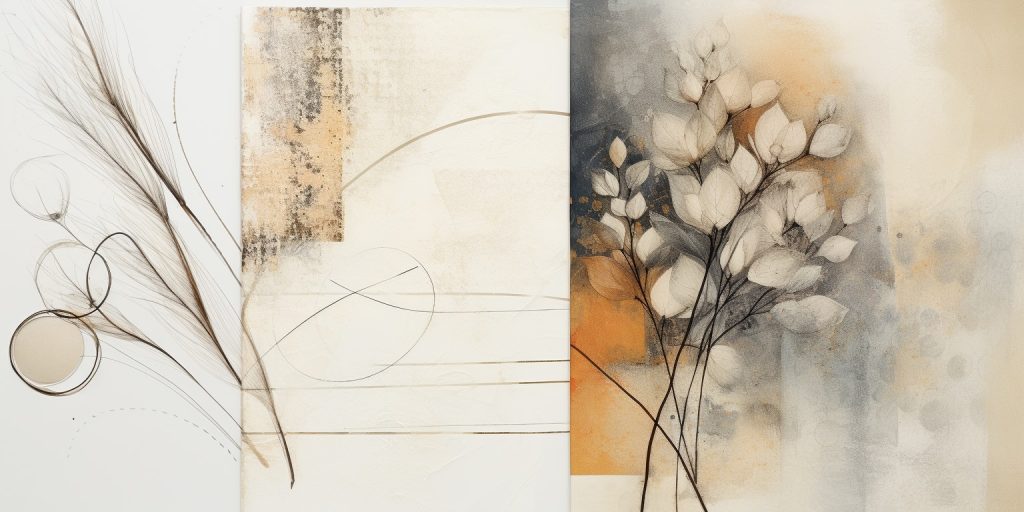
Texture and Surface Considerations
Different surfaces and textures demand unique shading and blending techniques. Smooth papers facilitate smoother blends and finer details, while textured papers can add a tactile and intriguing element to your artwork. Experiment with applying varying pressures and strokes to accommodate the paper’s texture. Similarly, adjust your technique for shading and blending on surfaces like canvas, wood, or fabric. Be mindful of how the chosen surface impacts the overall appearance of your colored artwork.
Understanding the Characteristics and Nuances of Coloring Tools:
Your toolset significantly impacts your coloring journey. Explore these popular tools to discover those that align with your style and desired effects:
1. Colored Pencils: (find at Blick)
Beloved for their versatility, colored pencils offer a vast range of colors and are ideal for adding fine details and intricate designs. Opt for artist-grade or professional-grade sets for superior quality and vibrant pigments. Their concentrated pigments result in intense colors and longer-lasting artwork. Remember, soft cores produce smoother, bolder colors and are better for blending and layering, while harder cores create sharper lines for precise detailing.
2. Markers: (find at Blick)
Popular for their bold vibrancy, markers come in various types, each with distinct advantages.
- Alcohol-based markers: Containing pigment dissolved in alcohol, these markers boast seamless blending and smooth color transitions. Their vibrant colors allow for realistic shading and gradients, and their quick-drying ink facilitates layering.
- Water-based markers: Relying on water-soluble ink, these markers offer more control over color intensity. They are suitable for gentler touches and can be easily blended using water or a brush. Ideal for watercolor blending and achieving transparent effects, they provide precision for smaller areas and intricate designs.
3. Watercolor: (find at Blick)
This captivating medium produces stunning, translucent effects. Beyond traditional painting, watercolors can be used for coloring through various methods like:
- Watercolor pencils: Consisting of a water-soluble core encased in wood, these pencils offer control and precision.Use them dry for precise lines or wetted for vibrant watercolor washes. (try Windsor & Newton collection)
- Watercolor pans: Solid blocks of pigmented color activated by water and a brush, watercolor pans offer convenience and eliminate the need for tubes or mixing individual pigments. Layer, dilute, and mix colors directly on paper for a wide range of effects and techniques. (set of 36 – Amazing!)
4. Gel Pens: (try the InkJoy)
Celebrated for their smooth ink flow and vibrant colors, gel pens add highlights, details, and special effects.
- Water-based gel pens: Offering vibrant colors and easy-to-use minimal pressure, these pens are ideal for intricate designs, accents, and embellishments. Their vast range, including metallic and neon shades, fuels endless creativity. (try the Glitter Rainbow)
- Oil-based gel pens: With a smoother, glossier finish, these pens are perfect for coloring larger areas or adding a polished look. Their pronounced sheen and compatibility with various surfaces, including plastic and dark-colored paper, make them ideal for bold, eye-catching effects. (Pom Pom gel pens are great)
5. Pastels: (try water soluble Wax Pastels)
Soft and chalk-like, pastels create beautiful, subtle shades and unique textures. Consider the two main types:
- Oil pastels: Made with pigment, wax, and oil, these pastels offer smooth consistency and blend easily. Ideal for various surfaces, including canvas, they provide vibrant hues and opaque coverage, allowing for rich impasto-like effects through layering. (find at Utrecht)
- Chalk pastels: Pure pigment mixed with a non-greasy binder, these pastels produce a powdery effect and are best suited for textured paper. Offering a wide range of tints, shades, and hues, they excel at creating soft, delicate transitions and a painterly look. Remember, their dusty nature necessitates working on a protected surface and using fixative sprays for preservation. (try the General’s)
6. Digital Tools:
With technological advancements, digital coloring tools become increasingly popular. Using software programs and tablet pens, you can color digitally, experiment with brushes and effects, and easily adjust or undo mistakes.
For optimal digital coloring, invest in a good-quality tablet with pressure sensitivity, accuracy, and an ample drawing surface. Customizable brushes allow for diverse textures and effects, while layer support enables separate element work and adjustments. Color management tools ensure accurate color representation on your screen. Don’t be afraid to experiment as digital coloring offers endless possibilities for unique and eye-catching artwork.
Choose the Right Tools for Your Needs:
When choosing coloring tools, consider:
- Purpose: Detailed lines? Large, vibrant surfaces? Each tool has strengths and weaknesses, so choosing the right one optimizes results.
- Desired Effects: Smooth blends? Bold contrasts? Different tools offer varied abilities.
- Skill Level: Some tools require more practice, while others are beginner-friendly.
- Paper Type: Match your tools to the paper’s characteristics to avoid issues like bleeding or warping.
- Budget: Invest wisely within your budget.
